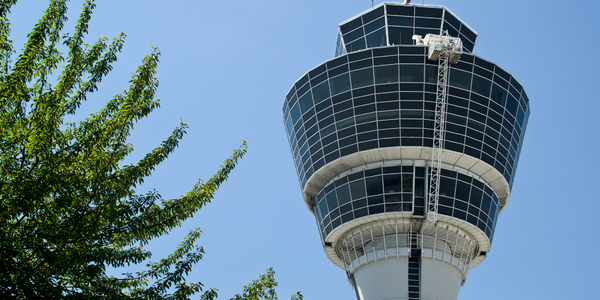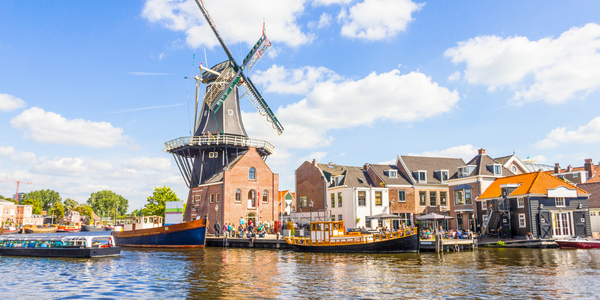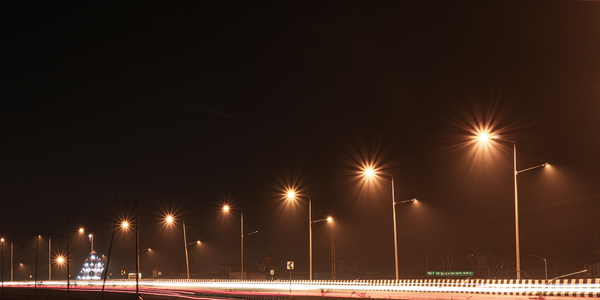Download PDF
Discover How Data Collection Worked for Blacksburg Transit
Technology Category
- Functional Applications - Remote Monitoring & Control Systems
- Analytics & Modeling - Real Time Analytics
Applicable Industries
- Transportation
- Cities & Municipalities
Applicable Functions
- Logistics & Transportation
- Business Operation
Use Cases
- Fleet Management
- Real-Time Location System (RTLS)
- Predictive Maintenance
Services
- System Integration
- Software Design & Engineering Services
The Challenge
Density and rider counting were the main problems. It was incredibly hard to determine exactly which buses were overflowing capacity and which ones were going under ridden. BT knew that this info could help to improve their services, if only they could collect it. The added problem they faced was the fact that their buses did not use electronic fare boxes. This led the BT to determine that fixed route software with automated rider counting capacity was needed in order to get a clearer and more accurate picture of their operation. For example, how many students versus faculty, staff and citizens were using their system? Knowing these pieces of info could allow BT to determine where their buses should be, depending upon ridership and time of day. They needed to share valuable rider data with Virginia Tech, but they couldn’t. On top of bus density was the issue that faced their dispatchers. Saddled with a great deal of paperwork for information management purposes, dispatcher time wasn’t being used to optimal amounts. With attention focused on spreadsheets, valuable time and resources are drawn away from areas such as customer complaints and calls.
About The Customer
Blacksburg Transit is a local government-owned, urban/suburban bus line. Centered in Blacksburg, Virginia, they are proud to provide safe, courteous, reliable, accessible and affordable public transportation to a variety of communities. Over the years it has grown from a six-bus operation (in 1983) to the contemporary version we see today, comprised of 50 buses and 11 vans. They deal in both fixed route transit operation as well as offering student shuttle and DR paratransit services. But the main focus of their agency is in transporting large amounts of riders to Virginia Tech as well as other local citizens. Being able to handle rider density is a daunting task, especially when their ridership needs extra attention when it comes to adhering to a predictable time table. Of the 2,950,000 riders per year, students account for 90%: all of whom have very strict schedules and obligations as you can imagine. So the need for reliability and being on time was of utmost concern to both the riders and to the agency responsible for scheduling and planning bus routes.
The Solution
TripSpark’s software along with CAD/AVL (Computer Aided Dispatch/Automatic Vehicle Location) technologies was implemented in order to automate the dispatching of vehicles and facilitate the collection of rider data. This allowed BT to track vehicles in real time, get an extremely clear picture of ridership. The drivers were given the ability to contact dispatchers wirelessly in order pass relevant and important information regarding schedule timing and adherence. We replaced traditional paper work with a digital data collection solution that allowed them to generate instant reports on who was taking the bus at any given time. TripSpark’s fixed route transportation solution gave dispatchers a user-friendly view of vehicle data such as: bus density, location and adherence to schedule.
Operational Impact
Quantitative Benefit
Related Case Studies.

Case Study
Turning A Stadium Into A Smart Building
Honeywell created what it called the “intelligent system” for the National Stadium in Beijing, China, turning the venue for the opening and closing events at the 2008 Summer Olympics into a “smart building.” Designed by highly controversial artist Ai Weiwei, the “Bird’s Nest” remains one of the most impressive feats of stadium architecture in the world. The 250,000 square meter structure housed more than 100,000 athletes and spectators at a time. To accommodate such capacity, China turned to Honeywell’s EBI Integrated Building Management System to create an integrated “intelligent system” for improved building security, safety and energy efficiency.
.png)
Case Study
Smart Street Light Network (Copenhagen)
Key stakeholders are taking a comprehensive approach to rethinking smart city innovation. City leaders have collaborated through partnerships involving government, research institutions and solution providers. The Copenhagen Solutions Lab is one of the leading organizations at the forefront of this movement. By bringing together manufacturers with municipal buyers, the Copenhagen Solutions Lab has catalyzed the development and deployment of next-generation smart city innovations. Copenhagen is leveraging this unique approach to accelerate the implementation of smart city solutions. One of the primary focus areas is LED street lighting.

Case Study
Airport SCADA Systems Improve Service Levels
Modern airports are one of the busiest environments on Earth and rely on process automation equipment to ensure service operators achieve their KPIs. Increasingly airport SCADA systems are being used to control all aspects of the operation and associated facilities. This is because unplanned system downtime can cost dearly, both in terms of reduced revenues and the associated loss of customer satisfaction due to inevitable travel inconvenience and disruption.

Case Study
IoT-based Fleet Intelligence Innovation
Speed to market is precious for DRVR, a rapidly growing start-up company. With a business model dependent on reliable mobile data, managers were spending their lives trying to negotiate data roaming deals with mobile network operators in different countries. And, even then, service quality was a constant concern.

Case Study
Buoy Status Monitoring with LoRa
The Netherlands are well-known for their inland waterways, canals, sluices and of course port activities. The Dutch Ministry of Infrastructure indicates that there are thousands of buoys and fixed items in and near water environments that would profit from IoT monitoring. One of the problems with buoys for example, is that they get hit by ships and the anchor cable breaks. Without connectivity, it takes quite some time to find out that something has happened with that buoy. Not to mention the costs of renting a boat to go to the buoy to fix it. Another important issue, is that there is no real-time monitoring of the buoys at this moment. Only by physically visiting the object on the water, one gains insight in its status.





